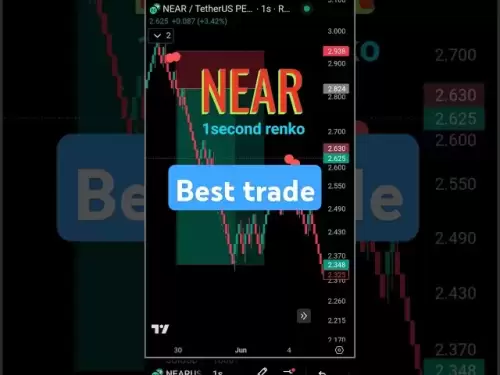-
 Bitcoin
Bitcoin $105,288.6945
-2.61% -
 Ethereum
Ethereum $2,546.9059
-7.84% -
 Tether USDt
Tether USDt $1.0004
0.05% -
 XRP
XRP $2.1438
-4.68% -
 BNB
BNB $653.2251
-1.80% -
 Solana
Solana $146.3449
-8.07% -
 USDC
USDC $0.9997
0.01% -
 Dogecoin
Dogecoin $0.1778
-5.94% -
 TRON
TRON $0.2688
-2.27% -
 Cardano
Cardano $0.6373
-7.04% -
 Hyperliquid
Hyperliquid $41.2776
-4.37% -
 Sui
Sui $3.0223
-9.71% -
 Chainlink
Chainlink $13.3280
-7.77% -
 Bitcoin Cash
Bitcoin Cash $430.6921
-2.12% -
 UNUS SED LEO
UNUS SED LEO $9.0426
1.98% -
 Avalanche
Avalanche $19.2275
-8.92% -
 Stellar
Stellar $0.2600
-5.55% -
 Toncoin
Toncoin $2.9984
-6.13% -
 Shiba Inu
Shiba Inu $0.0...01195
-5.71% -
 Hedera
Hedera $0.1566
-7.37% -
 Litecoin
Litecoin $84.6896
-5.28% -
 Polkadot
Polkadot $3.8188
-6.28% -
 Ethena USDe
Ethena USDe $1.0004
0.00% -
 Monero
Monero $311.9801
-3.66% -
 Dai
Dai $0.9998
0.00% -
 Bitget Token
Bitget Token $4.5149
-4.09% -
 Uniswap
Uniswap $7.4602
-6.13% -
 Pepe
Pepe $0.0...01088
-11.16% -
 Aave
Aave $280.9076
-8.02% -
 Pi
Pi $0.5699
-8.88%
How to combine the triple moving average? Recommended short-term trading parameters
Use the Triple Moving Average strategy with 5, 20, and 50-period EMAs for short-term crypto trading; buy when short-term crosses above others, sell when it crosses below.
Jun 10, 2025 at 12:01 am
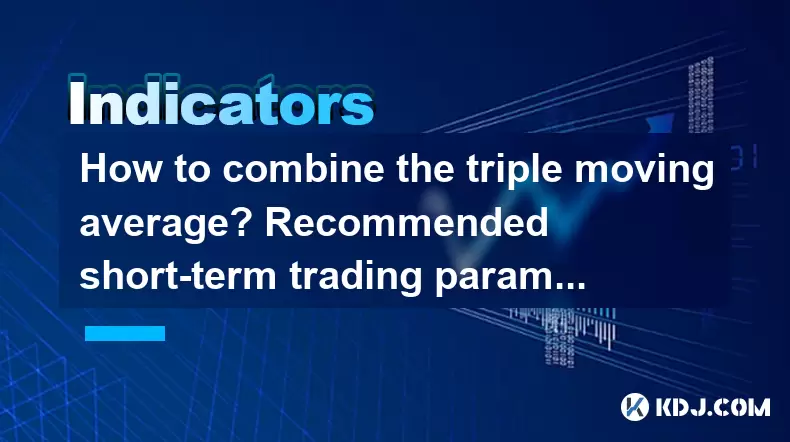
In the world of cryptocurrency trading, utilizing technical indicators can be a powerful tool to enhance your trading strategy. One popular method is the use of the Triple Moving Average (TMA), which combines three moving averages to generate trading signals. This article will delve into how to combine the TMA effectively and recommend parameters specifically tailored for short-term trading within the crypto market.
Understanding the Triple Moving Average
The Triple Moving Average strategy involves using three different moving averages to identify trends and potential trading opportunities. These moving averages can be of different types, such as Simple Moving Average (SMA), Exponential Moving Average (EMA), or Weighted Moving Average (WMA), but typically, traders use the same type for consistency.
- Short-term Moving Average: This is usually the fastest moving average and is more responsive to recent price changes.
- Medium-term Moving Average: This moving average provides a balance between responsiveness and smoothing out price fluctuations.
- Long-term Moving Average: This is the slowest moving average and is used to identify the overall trend.
Setting Up the Triple Moving Average
To set up the TMA on your trading platform, follow these steps:
Choose Your Moving Average Type: Decide whether you want to use SMA, EMA, or WMA. For short-term trading, many traders prefer EMA due to its sensitivity to recent price movements.
Select Periods: You will need to select three different periods for your moving averages. For short-term trading in the crypto market, common periods are:
- Short-term: 5 to 10 periods
- Medium-term: 20 to 30 periods
- Long-term: 50 to 100 periods
Add to Chart: On your trading platform, add the three moving averages to your chart using the selected periods and type.
Trading Signals with TMA
The TMA strategy generates buy and sell signals based on the interaction between the three moving averages. Here's how to interpret these signals:
- Buy Signal: A buy signal is generated when the short-term MA crosses above both the medium-term and long-term MAs. This indicates that the price is trending upwards and might be a good time to enter a long position.
- Sell Signal: A sell signal occurs when the short-term MA crosses below both the medium-term and long-term MAs. This suggests that the price is trending downwards and might be an opportunity to exit a long position or enter a short position.
Recommended Parameters for Short-Term Trading
For short-term trading in the cryptocurrency market, the following parameters are recommended:
- Short-term MA: Use a 5-period EMA. This will be sensitive to recent price movements and help you catch quick trends.
- Medium-term MA: Use a 20-period EMA. This provides a good balance for short-term trading, smoothing out minor fluctuations while still being responsive.
- Long-term MA: Use a 50-period EMA. This will help you identify the overall trend and avoid false signals during short-term volatility.
Implementing the TMA Strategy in Crypto Trading
To implement the TMA strategy effectively in the crypto market, consider the following tips:
- Monitor Volatility: Cryptocurrencies can be highly volatile. Always keep an eye on the overall market conditions and adjust your strategy accordingly.
- Use Additional Indicators: While the TMA can be effective on its own, combining it with other indicators like the Relative Strength Index (RSI) or Bollinger Bands can help confirm signals and improve accuracy.
- Backtest Your Strategy: Before trading with real money, backtest your TMA strategy using historical data to see how it would have performed in different market conditions.
Practical Example of Using TMA in Crypto Trading
Let's walk through a practical example of using the TMA strategy in the crypto market:
- Setup: You have set up a 5-period EMA, a 20-period EMA, and a 50-period EMA on your chart for Bitcoin (BTC/USD).
- Observation: You notice that the 5-period EMA crosses above both the 20-period and 50-period EMAs. This generates a buy signal.
- Action: You decide to enter a long position on Bitcoin, expecting the price to continue its upward trend.
- Monitoring: You keep monitoring the chart and notice that the 5-period EMA starts to decline and eventually crosses below both the 20-period and 50-period EMAs. This generates a sell signal.
- Action: You exit your long position to lock in profits or minimize losses.
Frequently Asked Questions
Q: Can the TMA strategy be used for all cryptocurrencies?
A: Yes, the TMA strategy can be applied to all cryptocurrencies. However, the effectiveness may vary based on the volatility and liquidity of the specific cryptocurrency you are trading.
Q: How often should I adjust the TMA parameters?
A: The frequency of adjusting TMA parameters depends on market conditions and your trading style. For short-term trading, you might need to adjust them more frequently to adapt to rapid changes in the market.
Q: Is the TMA strategy suitable for beginners?
A: While the TMA strategy can be straightforward, it's important for beginners to practice and backtest extensively before using it in live trading. Combining it with other indicators and learning to read market conditions will enhance its effectiveness.
Q: Can the TMA strategy be used in conjunction with other trading strategies?
A: Yes, the TMA strategy can be combined with other strategies and indicators to create a more robust trading system. For example, using the TMA with trend lines or support and resistance levels can provide additional confirmation for your trading decisions.
Disclaimer:info@kdj.com
The information provided is not trading advice. kdj.com does not assume any responsibility for any investments made based on the information provided in this article. Cryptocurrencies are highly volatile and it is highly recommended that you invest with caution after thorough research!
If you believe that the content used on this website infringes your copyright, please contact us immediately (info@kdj.com) and we will delete it promptly.
- Bitwise CEO Predicts Bitcoin Holders Will Stop Selling Once Price Surpasses $130,000
- 2025-06-14 01:30:12
- Neo Pepe’s Revolution Begins
- 2025-06-14 01:30:12
- Aptos (APT) Token Unlock – June 12, 2025
- 2025-06-14 01:25:12
- Aptos (APT) Token Unlock – June 12, 2025
- 2025-06-14 01:25:12
- Ruvi AI Emerges as a Potential Rival to Cardano (ADA)
- 2025-06-14 01:20:12
- Market Capitalization Often Confuses Casual Investors, and Detractors Have Weaponized It Against Bullish XRP Price Predictions
- 2025-06-14 01:20:12
Related knowledge
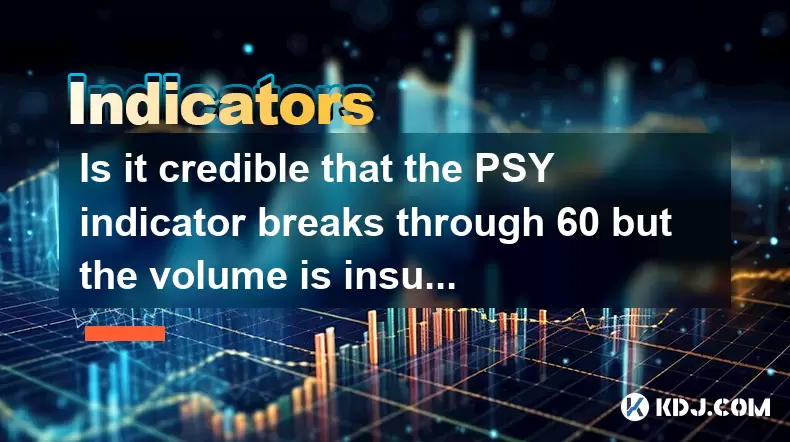
Is it credible that the PSY indicator breaks through 60 but the volume is insufficient?
Jun 14,2025 at 12:14am
Understanding the PSY Indicator in Cryptocurrency TradingThe Psychological Line (PSY) indicator is a momentum oscillator used primarily to measure the sentiment of traders and investors in financial markets, including the cryptocurrency space. It calculates the ratio of days where prices closed higher versus lower over a specified period, typically 12 o...
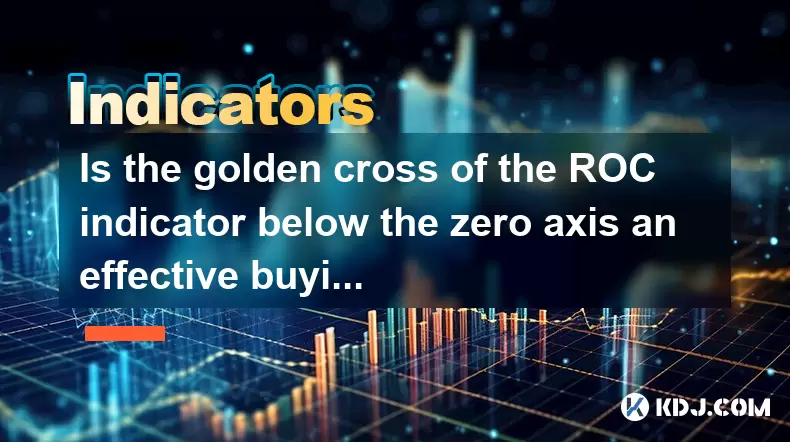
Is the golden cross of the ROC indicator below the zero axis an effective buying point?
Jun 14,2025 at 01:29am
Understanding the ROC Indicator and Its SignificanceThe Rate of Change (ROC) indicator is a momentum oscillator used in technical analysis to measure the percentage change in price between the current closing price and the closing price from a set number of periods ago. This tool helps traders assess the speed at which prices are changing, offering insi...

Will the RSI fall after the top divergence? How to improve the judgment accuracy?
Jun 13,2025 at 11:21pm
Understanding RSI and Top Divergence in Cryptocurrency TradingThe Relative Strength Index (RSI) is a momentum oscillator widely used in cryptocurrency trading to measure the speed and change of price movements. It typically ranges from 0 to 100, with levels above 70 considered overbought and below 30 considered oversold. In crypto markets, where volatil...
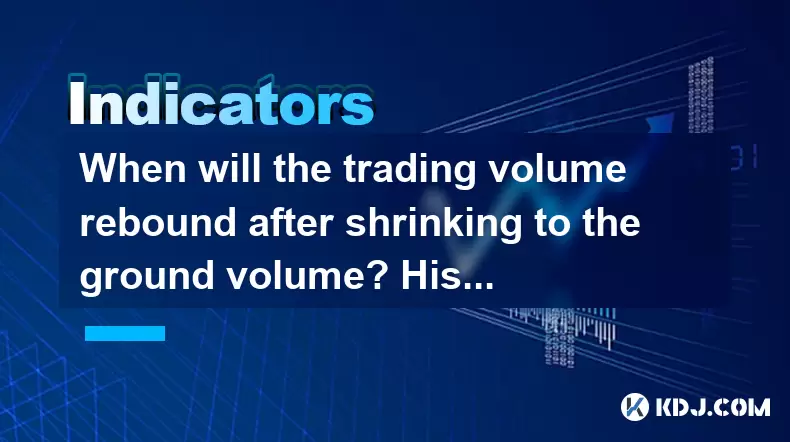
When will the trading volume rebound after shrinking to the ground volume? Historical percentile comparison method
Jun 13,2025 at 03:36pm
Understanding the Ground Volume Concept in Cryptocurrency MarketsIn cryptocurrency trading, 'ground volume' refers to a period when the trading volume of a particular asset or market drops significantly, often reaching multi-month or even multi-year lows. This phenomenon typically signals a lack of interest from traders and investors, suggesting that th...
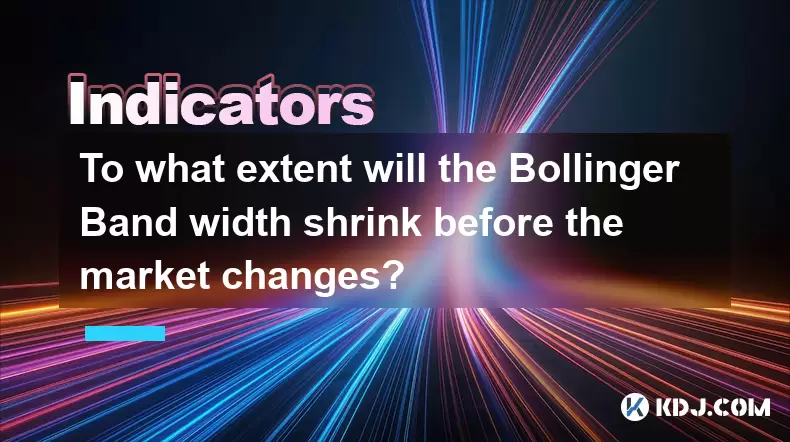
To what extent will the Bollinger Band width shrink before the market changes?
Jun 13,2025 at 06:35pm
Understanding the Bollinger Band Width and Its SignificanceThe Bollinger Band width is a critical technical analysis tool used in cryptocurrency trading to measure market volatility. It consists of three lines: a simple moving average (SMA), an upper band, and a lower band. The distance between the upper and lower bands reflects the level of volatility ...
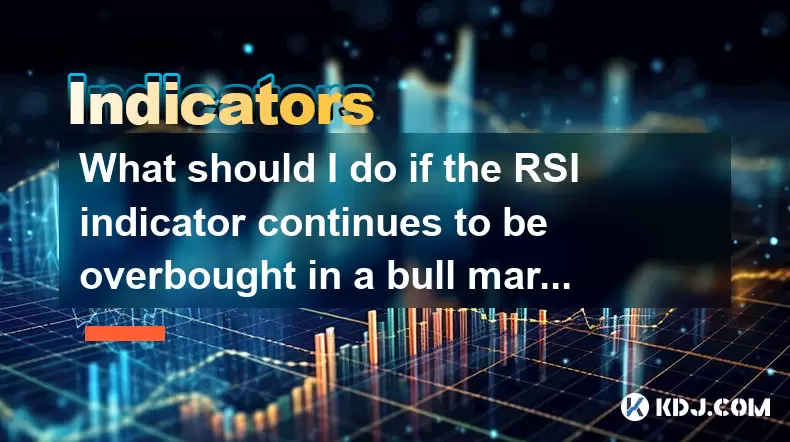
What should I do if the RSI indicator continues to be overbought in a bull market? How to adjust the overbought zone threshold?
Jun 13,2025 at 05:57pm
Understanding the RSI Indicator in a Bull MarketThe Relative Strength Index (RSI) is a momentum oscillator commonly used by traders to assess overbought or oversold conditions of an asset. In a bull market, especially within the cryptocurrency space, prices can remain elevated for extended periods. This often leads to the RSI indicator staying in the ov...

Is it credible that the PSY indicator breaks through 60 but the volume is insufficient?
Jun 14,2025 at 12:14am
Understanding the PSY Indicator in Cryptocurrency TradingThe Psychological Line (PSY) indicator is a momentum oscillator used primarily to measure the sentiment of traders and investors in financial markets, including the cryptocurrency space. It calculates the ratio of days where prices closed higher versus lower over a specified period, typically 12 o...

Is the golden cross of the ROC indicator below the zero axis an effective buying point?
Jun 14,2025 at 01:29am
Understanding the ROC Indicator and Its SignificanceThe Rate of Change (ROC) indicator is a momentum oscillator used in technical analysis to measure the percentage change in price between the current closing price and the closing price from a set number of periods ago. This tool helps traders assess the speed at which prices are changing, offering insi...

Will the RSI fall after the top divergence? How to improve the judgment accuracy?
Jun 13,2025 at 11:21pm
Understanding RSI and Top Divergence in Cryptocurrency TradingThe Relative Strength Index (RSI) is a momentum oscillator widely used in cryptocurrency trading to measure the speed and change of price movements. It typically ranges from 0 to 100, with levels above 70 considered overbought and below 30 considered oversold. In crypto markets, where volatil...

When will the trading volume rebound after shrinking to the ground volume? Historical percentile comparison method
Jun 13,2025 at 03:36pm
Understanding the Ground Volume Concept in Cryptocurrency MarketsIn cryptocurrency trading, 'ground volume' refers to a period when the trading volume of a particular asset or market drops significantly, often reaching multi-month or even multi-year lows. This phenomenon typically signals a lack of interest from traders and investors, suggesting that th...

To what extent will the Bollinger Band width shrink before the market changes?
Jun 13,2025 at 06:35pm
Understanding the Bollinger Band Width and Its SignificanceThe Bollinger Band width is a critical technical analysis tool used in cryptocurrency trading to measure market volatility. It consists of three lines: a simple moving average (SMA), an upper band, and a lower band. The distance between the upper and lower bands reflects the level of volatility ...

What should I do if the RSI indicator continues to be overbought in a bull market? How to adjust the overbought zone threshold?
Jun 13,2025 at 05:57pm
Understanding the RSI Indicator in a Bull MarketThe Relative Strength Index (RSI) is a momentum oscillator commonly used by traders to assess overbought or oversold conditions of an asset. In a bull market, especially within the cryptocurrency space, prices can remain elevated for extended periods. This often leads to the RSI indicator staying in the ov...
See all articles
























